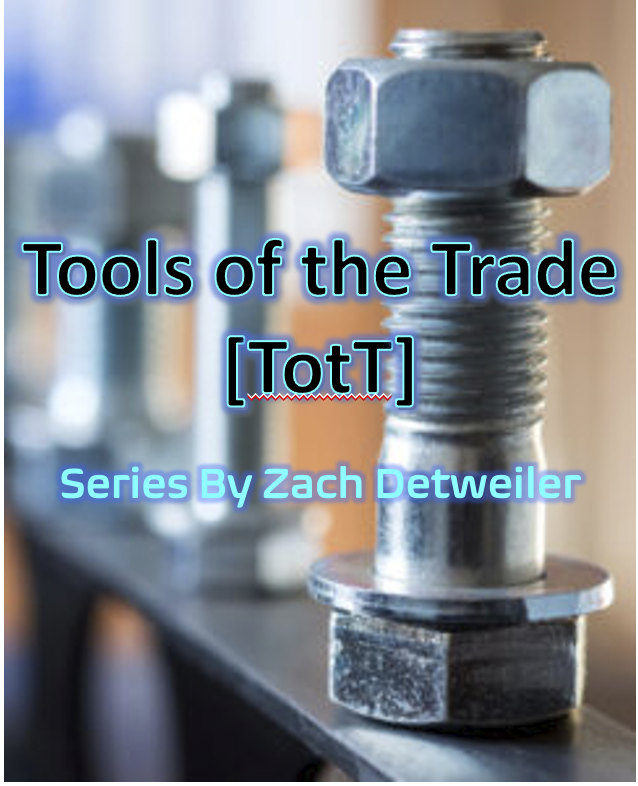Leaving Money on the Table? R&D Tax Credits
-
By
warrickjl73
R&D Tax Credits
By: Jared Warrick, Principal Consultant OPSQC INC
Date: December 11, 2020
Key Words: R&D, Tax, Credit, Development, Business Group Resources, Small business, Engineering
Most people are not aware of what extent small businesses power our economy: it’s estimated that in 2020, over 99% of all businesses in US are small businesses1, meaning they have < 100 employees and 80% of those businesses have < 10 employees2. 2020 has been extremely unpredictable with some small businesses seeing reduced revenues of more than 30%, and in some cases forcing the owners to close shop and walk away3. In short, small businesses are bearing the brunt of the COVID-19 economic impact. At OPSQC INC we look for ways to weather storms like this and this article will provide some insight into one method of putting some cash back in your pocket.
Small business owners wear many hats and one key skill is knowing when to do it yourself and what can be delegated or outsourced to those who specialize in certain activities. One item I recommend outsourcing is accounting & tax preparation so the owner, can focus on what they do best. With that in mind, there are specialists within the tax preparation process who are able to provide considerable value by helping to uncover tax credits and incentives companies didn’t even know they were entitled to claim.
Per my discussion with Jeff Hyde of Business Group Resources 3 “Assuming you are revenue positive (not a pre-revenue start-up), and have paid taxes for the last 3 years, you should really dig into R&D Tax Credits. If you are growing, you are experimenting with new products, processes or services and there are costs, resources and time associated with those efforts and “qualified research activities” that can translate into real cash value to small business owners. Taking advantage of these government incentives can result in cash ‘refunds’ from the IRS.” In our discussion, we covered that many companies, due to COVID-19, have been very busy figuring out ways to optimize their products, processes and services, so there is ample opportunity to qualify for these tax incentives.
Below are just a few of the activities eligible for the Tax Credit (not a complete list):
- Engineering and Design of a new product.
- Conducting research aimed at uncovering new knowledge.
- Searching for ways to apply new research findings.
- Designing product alternatives.
- Significant modification of an existing design or product concept.
- Design, manufacture and testing of prototypes
- Engineering activities to advance product design and point of manufacture
- Experimenting with new technology
- Experimenting with new material and integrating the material to improve end products
- Developing new production processes for prototyping and pilot phases
- Developing and modifying research methods, formulations, products
- Outside consultant / contractor costs to do any of the above
“Chances are companies are not fully taking advantage of the above credits and most likely do not have the time to dig into all of these opportunities.” Jeff continued, “it’s estimated that only 5% of eligible companies take advantage.” I can tell you from first-hand experience, that some organizations ask Engineering or Quality Teams to prepare a list of potential R&D activities performed during the year that could be pursued as part of the Tax Credit. But without being fully aware of what is included in the IRS code, the teams were confused on what exactly to include. After my conversation with Jeff, I now know our list was incomplete relative to what would be allowed.
And don’t think just Manufacturing or Technology companies can utilize this credit. Dentists, doctors, and construction companies often qualify as well. I reflect back on my last dental visit, where my dentist made a crown using a CNC machine in his office and then cured it on the spot with UV light. They also did the 3D scan of the existing tooth before removing it, so the crown was an identical image. This is definitely a system that could qualify.
Business Group Resources (Irvine, CA), in partnership with Business Incentive Solutions, has representatives nationwide that have the expertise to maximize your R&D Tax Credit. With 15 years of experience and over 5000+ case studies, these are the guys to turn too. In addition, consulting costs for companies like OPSQC INC can be used as part of your Tax Credit submission.
Note: Special Thank you to Jeff Hyde – Business Group Resources. Feel free to reach out to him to learn more.
Jeff Hyde
Account Executive
(847) 970-0650
Business Group Resources™
www.businessgroupresources.com
jeffhyde@businessgroupresources.com
https://www.linkedin.com/in/jeff-hyde/
https://youtu.be/CN73-7YuGEk (Two minute video on R&D Tax Credit program)
Conclusion: Now is the perfect time to reach out to Business Group Resources for professional assistance to see if you qualify for R&D tax credit and lower your tax liability. In 2021, consider OPSQC INC for contract or consulting work to address bottlenecks and gaps in your operation.
References:
- https://www.oberlo.com/statistics/number-of-small-business-in-the-us
- https:.//sbecouncil.org/about-us/facts-and-data
- Data source: Personal network. Acquired 11/1/2020 – 12/8/2020. 30 data points.
- https://businessgroupresources.com



